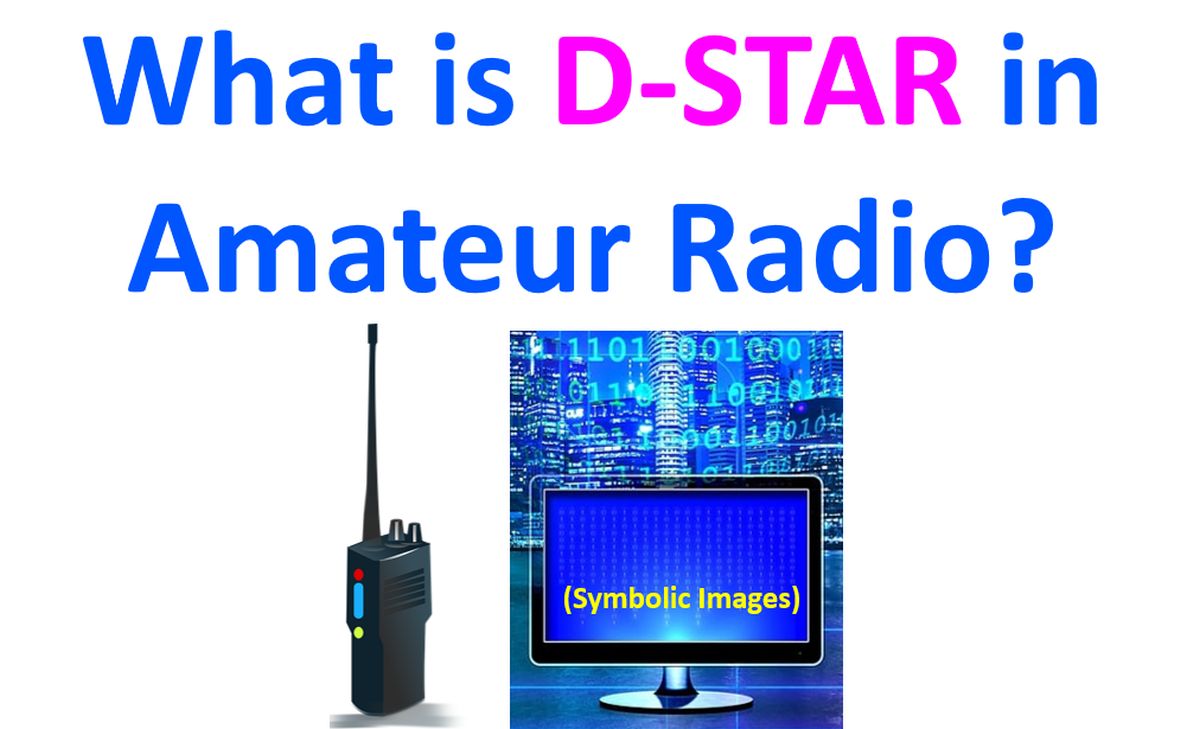What is D-STAR in Amateur Radio?
What is D-STAR in Amateur Radio?
D-STAR stands for Digital Smart Technologies for Amateur Radio. It is a digital voice and data protocol specification for amateur radio developed by the Japan Amateur Radio league. Digital voice modes use less bandwidth than frequency modulation, typically only 6 khz. Leading manufacturers like Icom and Kenwood are manufacturing D-STAR compatible radios which are available in HF, VHF, UHF and even Microwave amateur radio bands. D-STAR also provides for network connectivity over the internet!
An important difference of D-STAR and other digital modes over FM is that it has a constant voice quality upto a certain distance from the source unlike FM signal which degrades progressively with distance. Beyond that threshold distance the data loss is too much that the signal is no longer digitally correctable. Yet the usable range of D-STAR is same as that of FM. Though most of the D-STAR repeaters are those manufactured by Icom, there are also non-Icom D-STAR repeaters in various places. Homebrew options for D-STAR Software Defined Radios and Repeaters have appeared over time, though mostly it is a commercially manufactured system.

Modulation format used in D-STAR is known as minimum shift keying, MSK. Icom systems have a digital data mode on 1.2 GHz amateur band which is capable of sending and receiving data at 128 kbps. There are also dongles for connecting D-STAR enabled radios to the computer which in turn can connect globally over the internet. There is also an option to use a dongle for the computer along with the microphone of the computer. These options are for use in regions where there are no D-STAR repeaters. Overall, these options look similar to Echolink which is an entirely different system. As a disclaimer, I have used neither Echolink nor D-STAR!